Remember how I was talking about ancient cooking techniques with the Salt Crusted Fish?
Let’s take that time machine back a little bit further where we find a tool which is a little bit older than that … by about 600 million years. That’s when the warming of the planet evaporated giant seas, leaving behind massive fields of salt.
Over the millennia, tectonic pressure and heat forged this salt into a handy and impressive cooking tool that we can use today in our modern kitchens (and impress our guests while we’re at it). Solid blocks of salt are great conductors of heat and cold, and when properly handled they can be used not only to prepare food, but to do so in a beautiful and pleasing way. When you cook or serve on a salt block, they impart a little bit of their natural flavor into your food. The flavors of the salt will subtly change depending on the type of food that comes into contact with them, giving each dish a unique and interesting taste.
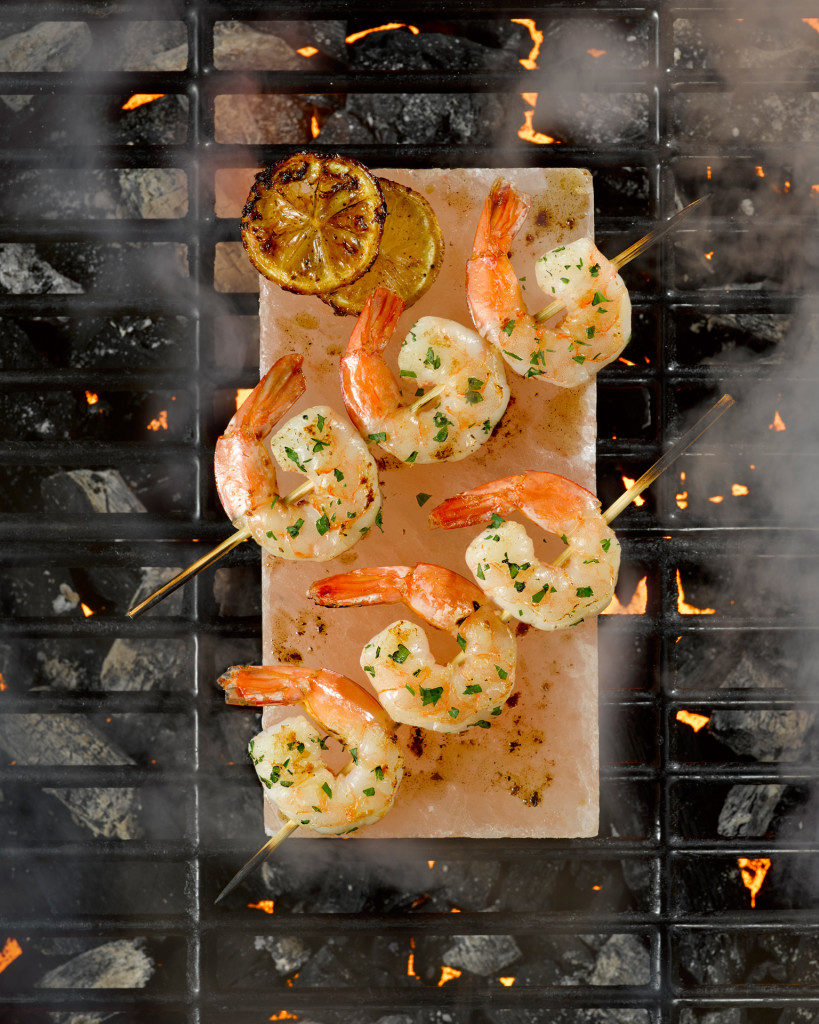
Cooking on a salt block does not come without it’s hazards. Heating a salt block must be done slowly and deliberately (or your block may crack or even explode). And you may want to invest in several different blocks if you plan on using them to cook and to serve. When you apply heat to your salt block it will lose it’s natural beauty, growing paler and less translucent. I like to cook on one salt block and then serve the food on another.
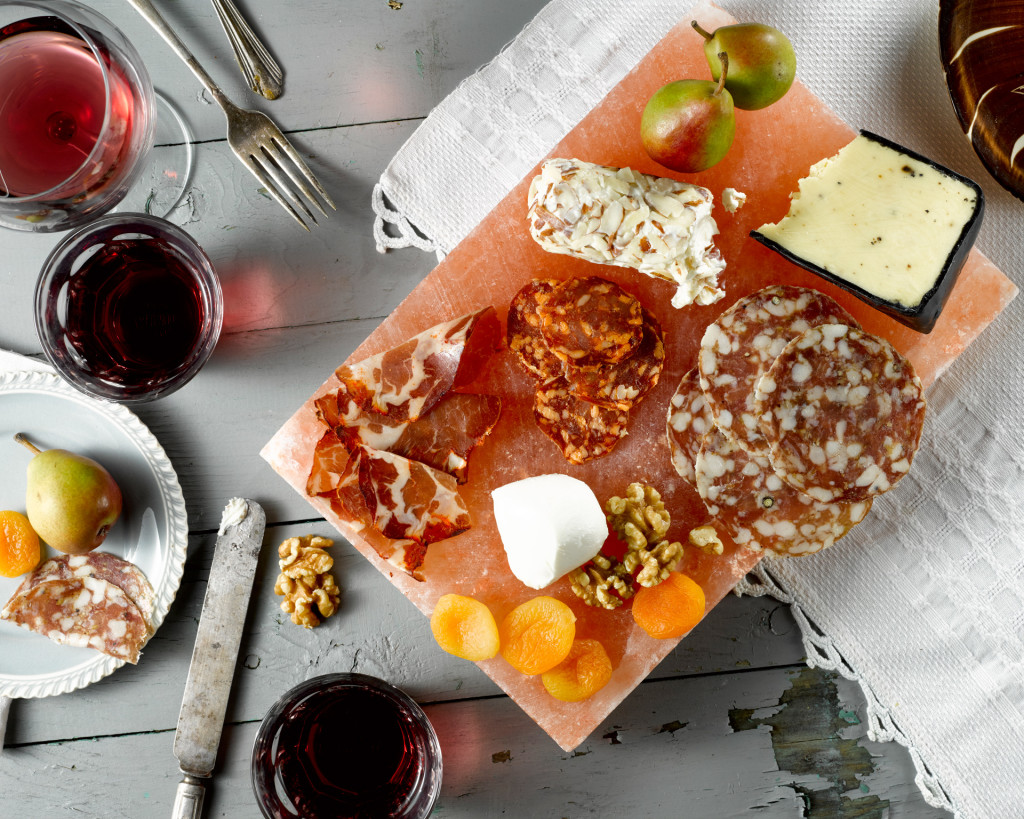
To find out all of the ins and outs of cooking with a salt block, check out Mark Bitterman’s wonderful little cookbook Salt Block Cooking (hardcover $24.99) and you can also check out his company The Meadow to find a wide variety of salt blocks for sale.
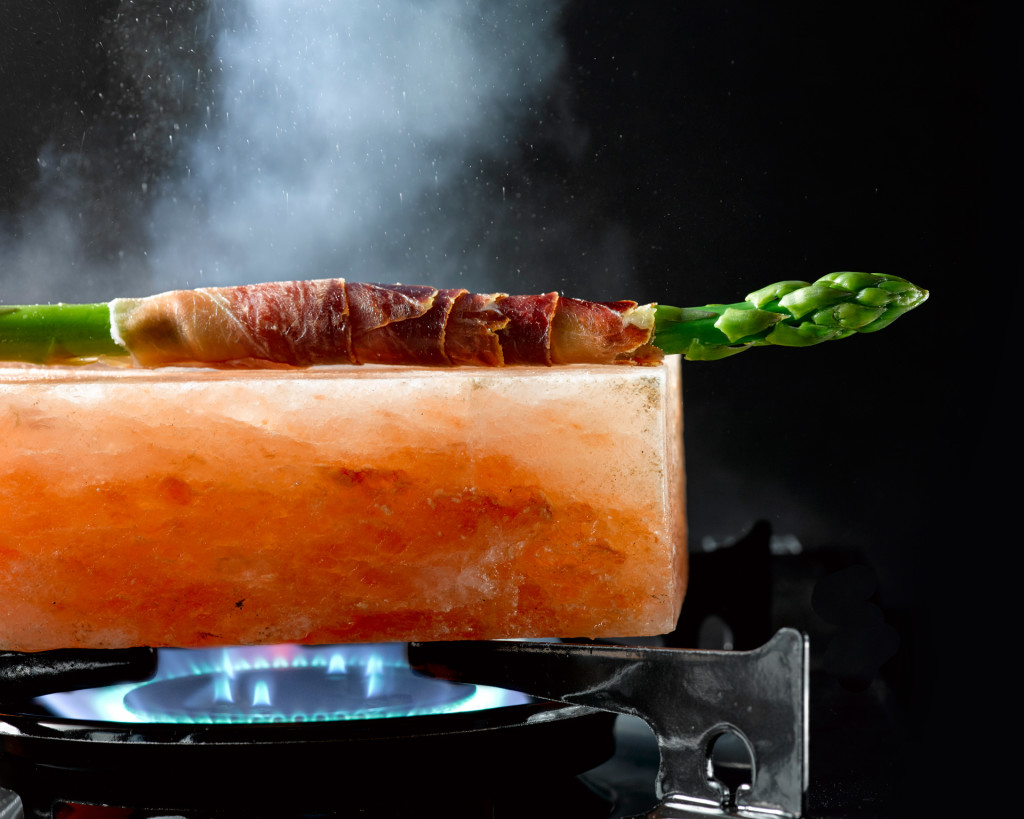

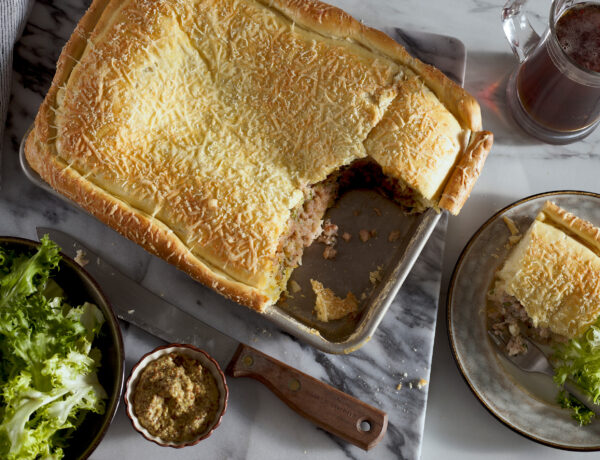

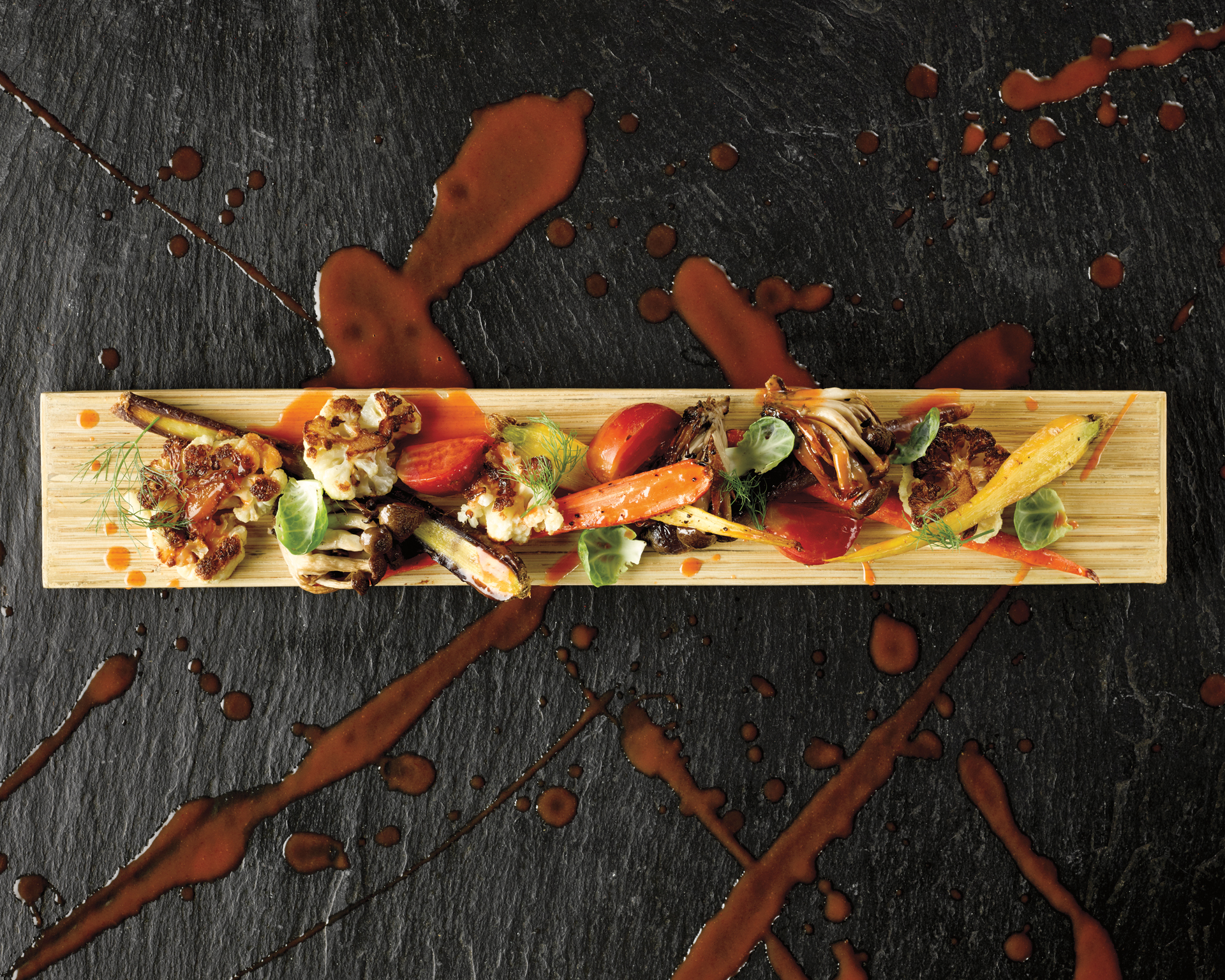
No Comments